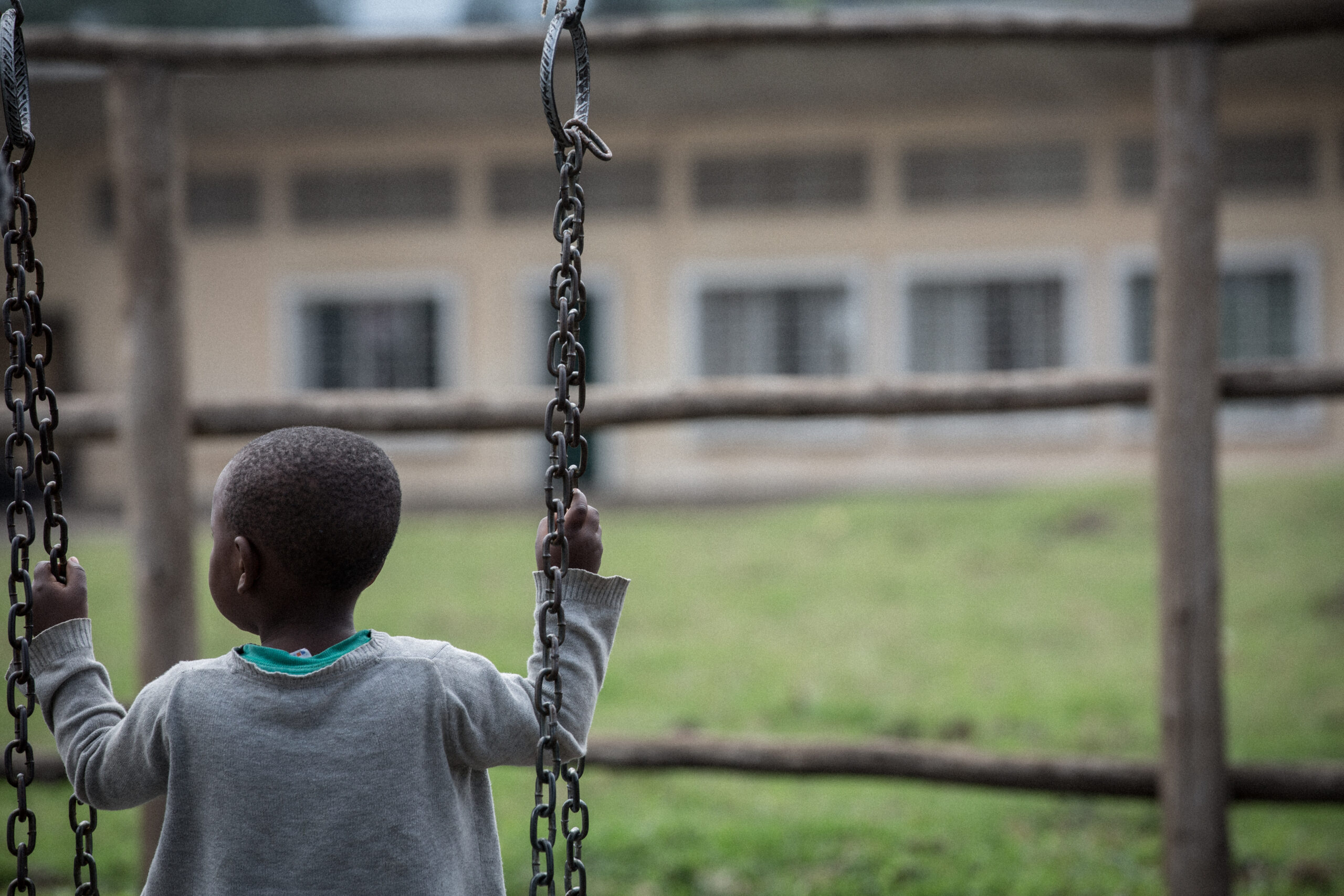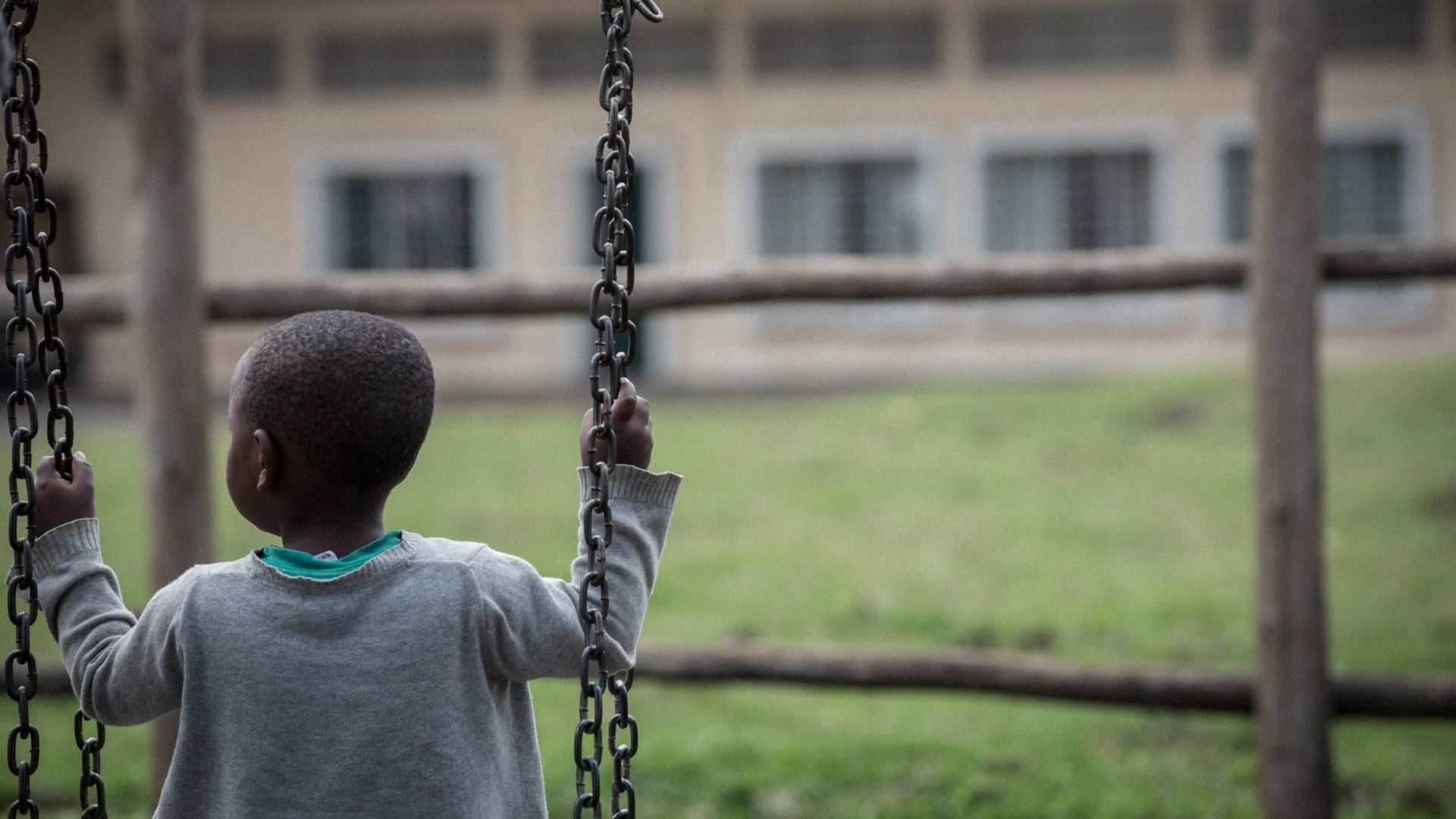For Anti-Slavery Week 2023, we’re launching the #EndOrphanageTourism campaign. Vulnerable children aren’t tourist attractions. Orphanages can traffic children into slavery. We’re encouraging travellers to say NO to visiting orphanages on holiday and support families and communities instead.
In Kenya, over 40,000 children are living in orphanages. The sad thing about this statistic is that it is approximate, because the true number is unknown. There are untold numbers of children who the government can’t account for. They are invisible. Even those children who are visible in the statistics, remain invisible in reality; all society sees of them are the walls of the orphanages or children’s homes that confine them.
To an unsuspecting person, these walls can represent protection and care but recent revelations, not one, not two, but many revelations, show that these walls are a façade, hiding despicable acts of violence against children.
Recently, even in addition to the many other harmful effects of institutional care, acts of sexual violence against children in orphanages have been making headlines in Kenya.
Most recently, in February, 2019, a man who had been convicted of sexually abusing children in the Netherlands was charged with committing similar offences against girls in an orphanage he had set-up in Kenya, after his release from prison in Europe.
Sadly, this case is nothing new. In 2012, the British Airway’s pilot, Simon Wood was accused of using his position to abuse vulnerable children in Kenyan and Ugandan schools and orphanages. The allegations came to light when Wood was charged with sexually abusing a child in the UK. He committed suicide before his case could be tried.
In 2017, a teenage missionary from the USA who volunteered in an orphanage in Kenya, was sentenced to 40 years in prison for sexually assaulting three girls and a boy while working at the institution.
It is not only tourists and visitors who have been found guilty or charged with sexually abusing children in orphanages in Africa. In March 2019, a cook at a children’s institution in Kenya, appeared in court, accused of sexually assaulting children living there.

Voluntourism in orphanages
These cases show how orphanages offer sexual predators an easy avenue to perpetrate violence against children in the name of charity and how volunteers and visitors may subject children who are already vulnerable to further risks.
Poor child protection oversight is also to blame. Perpetrators, some with criminal histories, disguised as volunteers and well-wishers, easily find their way into these orphanages; often you only need to carry a bag of goodies to be let in to interact with the children.
Some unscrupulous orphanages have gone further to subject children to violence by cashing in on the lucrative business of voluntourism in orphanages, at the expense of children. Some have built paid accommodation centres for volunteers within the orphanage walls and even allowed volunteers to sleep in the same accommodation as the children.
It is not that we did not see this coming. The World Report on Violence Against Children published by the UN in 2006 raised the alarm on the state of children’s homes and orphanages. The report includes research that shows that violence in residential institutions is six times higher than violence in foster care, and that children in group care are almost four times more likely to experience sexual abuse than children in family based care.
This research was not published to gather dust on the shelves. It was published to be read and primarily to guide policy and practice in the child protection sector by governments and civil society organizations. Unfortunately, Kenya is an example of a country that has not acted on the report, and by so doing, is not listening to, but failing thousands of children who are in these institutions.
Holding children in often isolated places, away from the eyes of the community, only reinforces the vulnerability of children to violence and other forms of abuse.
The trauma that these experiences inflict on children is almost irreparable. With their confidence shattered and shame inflicted by the people who purport to be their primary carers, many of these children and young people are left to endure the violence in silence, too ashamed to seek the protection and psychological support they need.
The clarion call to end the era of orphanages can no longer be ignored
The rampant abuses so far revealed show that every day that passes risks being another grievous day of acts of violence against children. These children are tomorrow’s citizens and beside the subjective trauma they will live with, our society will forever be accountable for perpetuating their suffering, for sitting on the fence when we knew better, when we knew we could do better.
Over eight decades of research now exists to show that orphanages and similar institutions do not protect children; they harm them. And we know that by strengthening families and communities we can eliminate orphanages.
For all those children who have suffered so terribly as a result of this unacceptable system, who are suffering now, we must say loud and clear that the answer to protecting vulnerable children is always family, never orphanages. Now is the time to make this ideal the reality for children everywhere.
Stephen Ucembe is Regional Advocacy Manager for Hope and Homes for Children in East and Southern Africa. An experienced social worker, he supports our partners in the region to prevent children being confined to institutions and advocates for a model of care that allows children to grow up in families. In a series of 3 blog posts he explores the damage of orphanages in the African context.
To know more
To know more about the harm of orphanages read our part 2 blog of this series: “The harm of orphanages (part 2): weakening family and community structures in Africa“.
Follow this link to know more on the topic of Orphanage Voluntourism, and check out our Volunteering Checklist to choose the right volunteering program and to make sure your time overseas is spent making a genuine difference.
If you want to get involved and help Hope and Homes for Children in our mission to be the catalyst for the global elimination of institutional care follow this link.
Help us #EndOrphanageTourism
Take action now
#EndOrphanageTourism – campaign against child trafficking and slavery in orphanages
